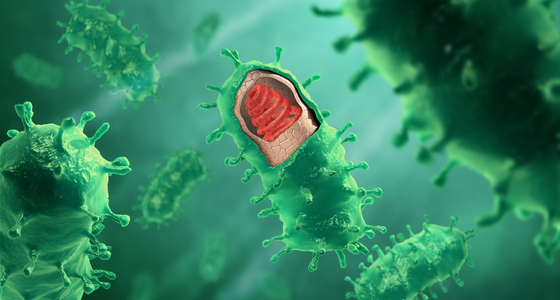Palliative treatments for mesothelioma include procedures that alleviate symptoms rather than cure the disease.
It does not cure the disease, but it aids in managing the problem by improving the overall quality of life for the patient. It assists patients and their families in meeting their psychological, social, and spiritual needs. Comfort care, supportive care, and symptom management are used to describe this type of care.
Symptoms of mesothelioma are as follows:
Mesothelioma is cancer that develops after a patient has been exposed to asbestos. Patients and doctors do not recognize early signs and symptoms of this cancerous disease because it is difficult to diagnose it in its early stages. Early symptoms, such as shortness of breath, coughing, and weight loss, are frequently misdiagnosed as simple illnesses. However, as the disease progresses, the severity of the symptoms increases accordingly. As a result, palliative therapy is used to alleviate the pain associated with mesothelioma. It includes a variety of treatment modalities such as medication, cognitive and behavioral therapy, and a variety of other procedures to assist patients in dealing with the condition. Palliative therapy is used in conjunction with other forms of traditional treatment
for mesotheliomas, such as radiation therapy or chemotherapy, to alleviate symptoms.
The primary goal of palliative therapies is to provide comfort and maintain the highest possible quality of life for the patient for as long as possible. Because the severity of the pain experienced by the patients is so great, palliation includes traditional pain management programs such as pain relievers and stress management techniques such as meditation and massage therapy, among others. Whenever a patient is on their deathbed, this therapy assumes the traditional roles of the hospice organization. There is an open line of communication between the patient and their family to optimize patient care.
Some of the most common palliative procedures used to treat mesothelioma include the following:
Chest Tube Drainage and Pleurodesis: This results in irritation within the layers covering the lungs, which leads to the destruction of the space between the layers, preventing fluid accumulation between the layers. Various agents, such as talc or bleomycin, can be used to accomplish this goal. Afterward, with the assistance of a chest tube, the fluid is drained out of the chest cavity.
Pleuroperitoneal Shunt: This procedure is effective in patients with a trapped lung or in patients who have failed to respond to previous treatment.
Alcohol injection: To alleviate pain, doctors inject specific types of alcohol into the affected area to deactivate the nerves that transmit the message of pain to the brain. This is usually accomplished during the surgery or with the assistance of a CT scan.
Radiotherapy for palliative care: Radiation therapy can also help alleviate pain by killing cancer cells pressing against nerves during treatment. Radiation is frequently used in conjunction with anti-inflammatory and pain-relieving medications to achieve the most significant possible relief from the disease. Approximately two-thirds of patients experience reasonable to maximum improvement with this type of treatment, with effects lasting anywhere from a few weeks to several months. As an example, in palliative radiation therapy, patients with mesothelioma receive a few higher doses of radiation over several weeks.
Pain medications: potent pain-killing drugs, including narcotic drugs, are prescribed during this treatment to alleviate pain. These drugs are non-addictive and are not addictive.




